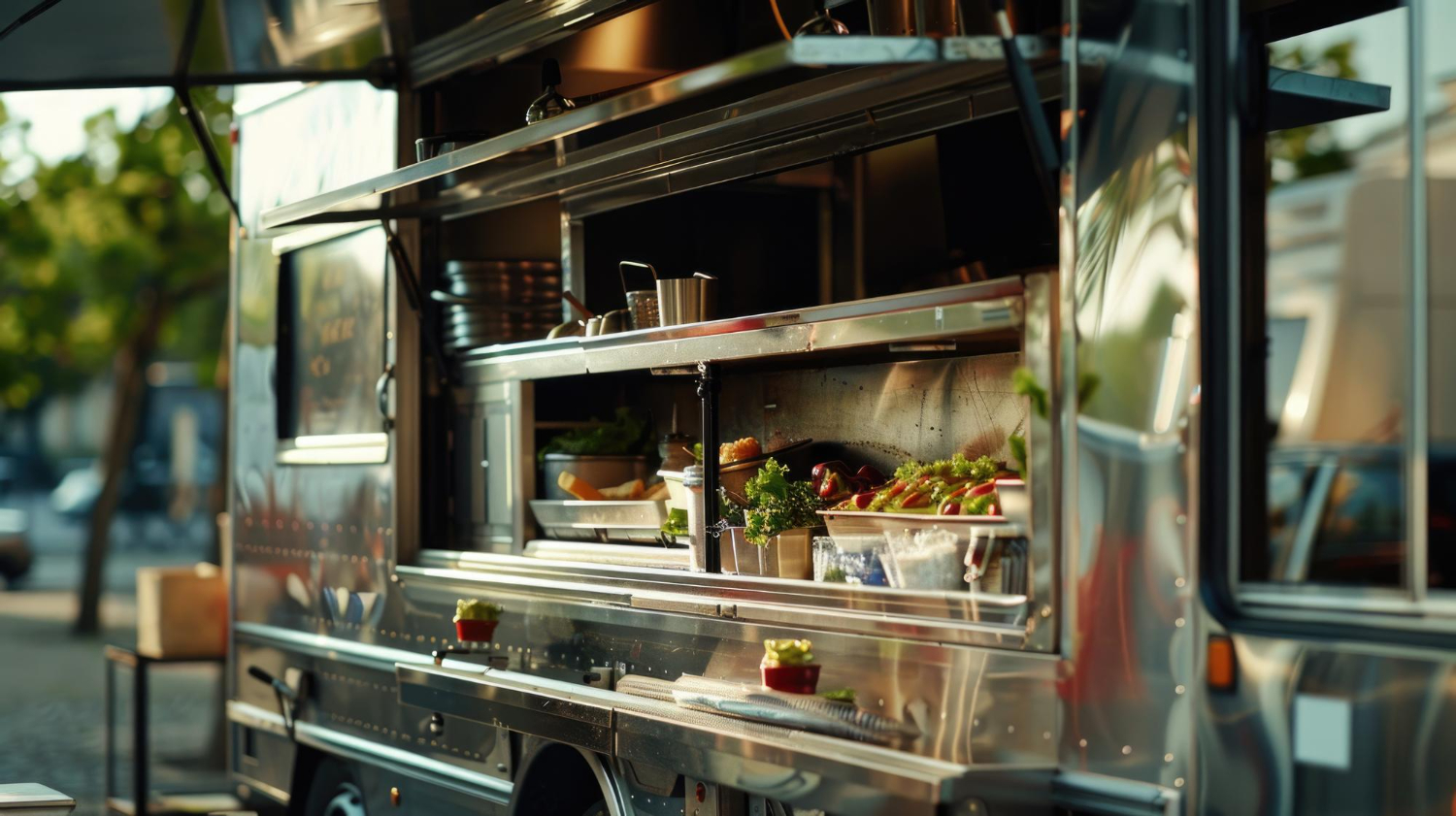Chef on wheels
Download Pdf
Food trucks are a curious mix of street tradition and modern food. Although today we associate them with food fairs and creative recipes, their origins date back to the carts that fed workers in the 19th century. Since then, they have evolved into real professional kitchens on wheels.
Food trucks have to deal with very different conditions: constant movement, sudden temperature changes, limited space, and cleaning processes that have to be quick and efficient.
This is where the choice of material comes into play. If you look inside a food truck, you've probably seen something in common: shiny, metallic surfaces that look like they can withstand a lot of knocks and bumps. Sometimes both the structure and the interior are made of stainless steel.

Is the same grade of stainless steel used for everything?
Although they may look the same, a food truck typically contains several grades of stainless steel:
- AISI 304, for preparation surfaces, sinks, and areas in direct contact with food.
- AISI 316, in washing equipment or tanks where there is water with chlorides or highly aggressive liquids.
- AISI 430, in structural or decorative parts where there is no contact with food.
The finish applied to each grade of stainless steel is also an important factor. The most common for food trucks is the polished finish, which, in addition to the aesthetic aspect, has a practical function.
This finish helps to cover bumps and marks that occur during daily use and, as it has a uniform texture, it facilitates cleaning, helping to maintain a clean and professional image with less effort.
Next time you see a food truck, you will probably notice the kind of material they have used in their construction. As you know now, the first step for something to be tasty is that it has been prepared in a stainless steel environment.